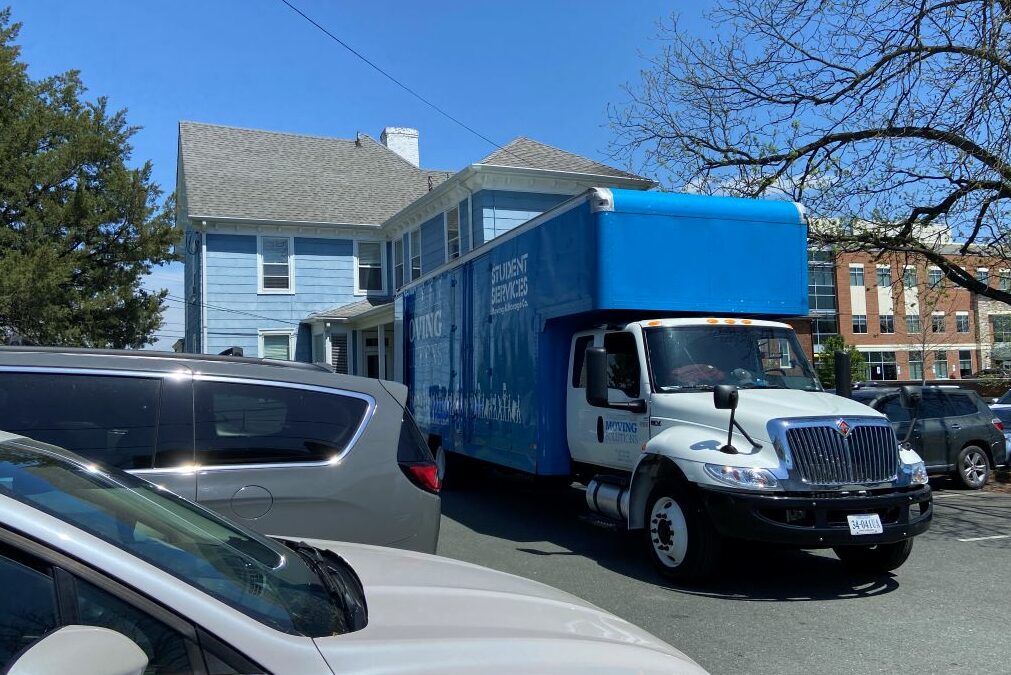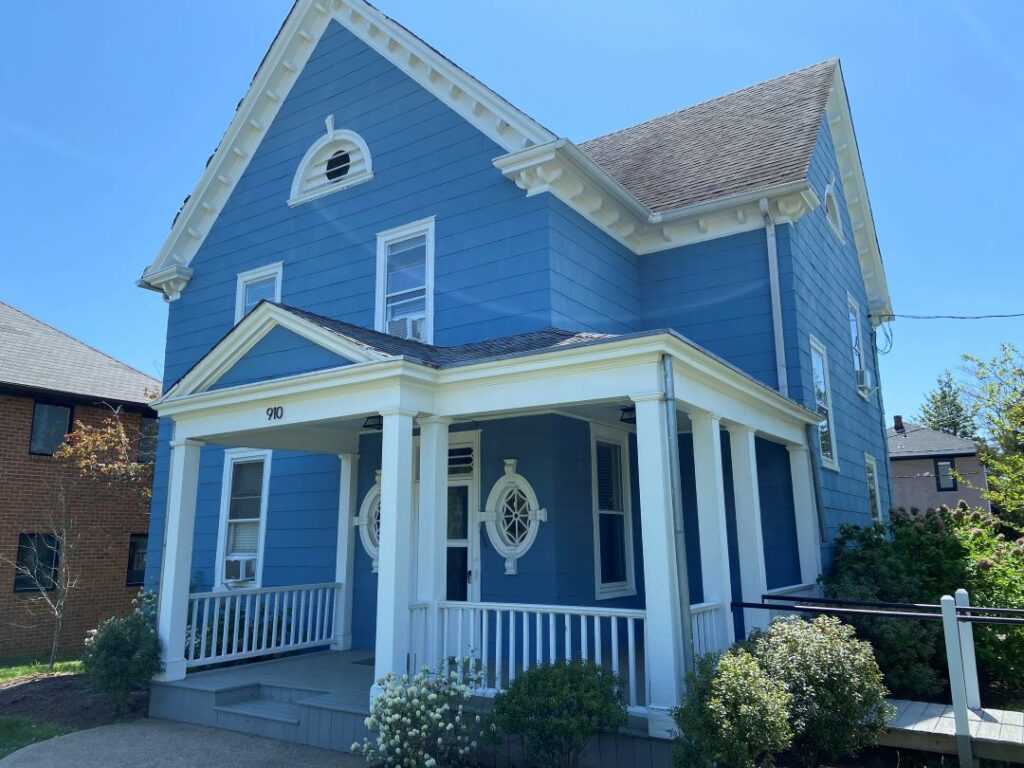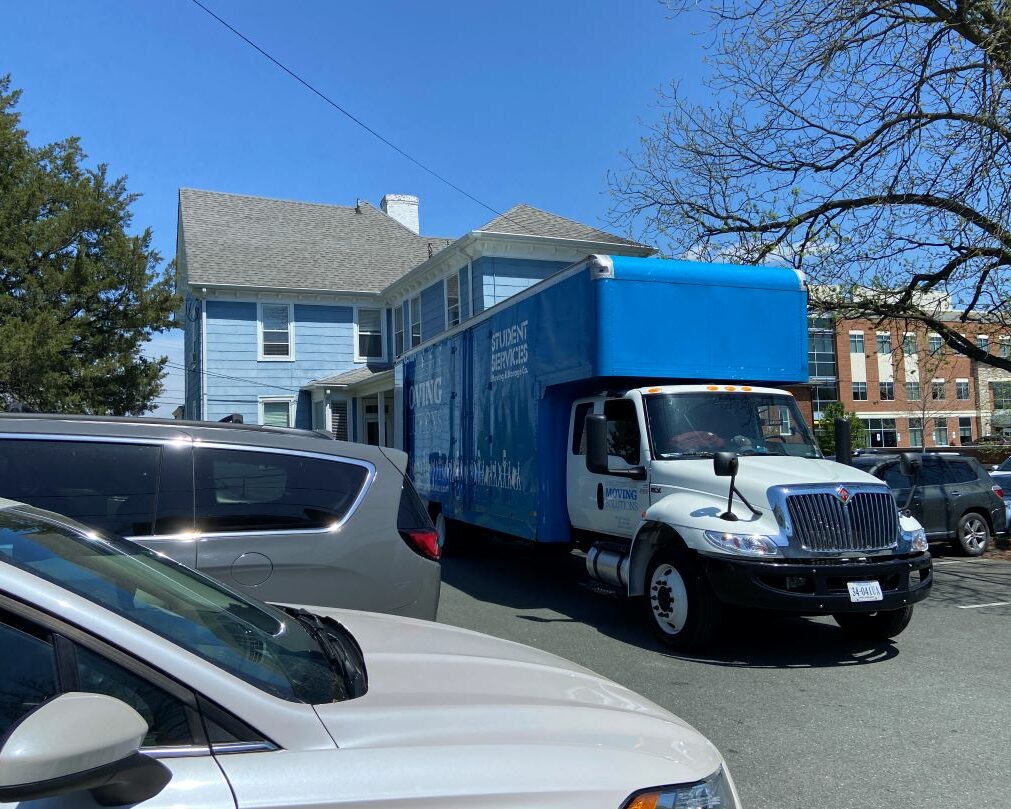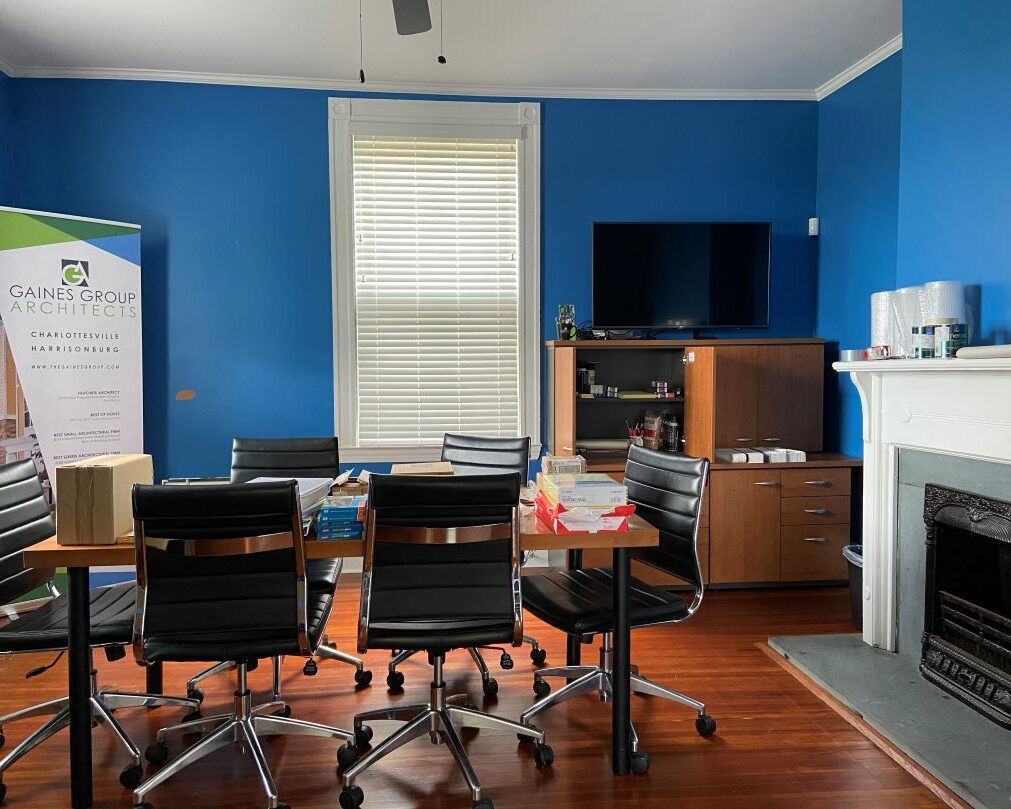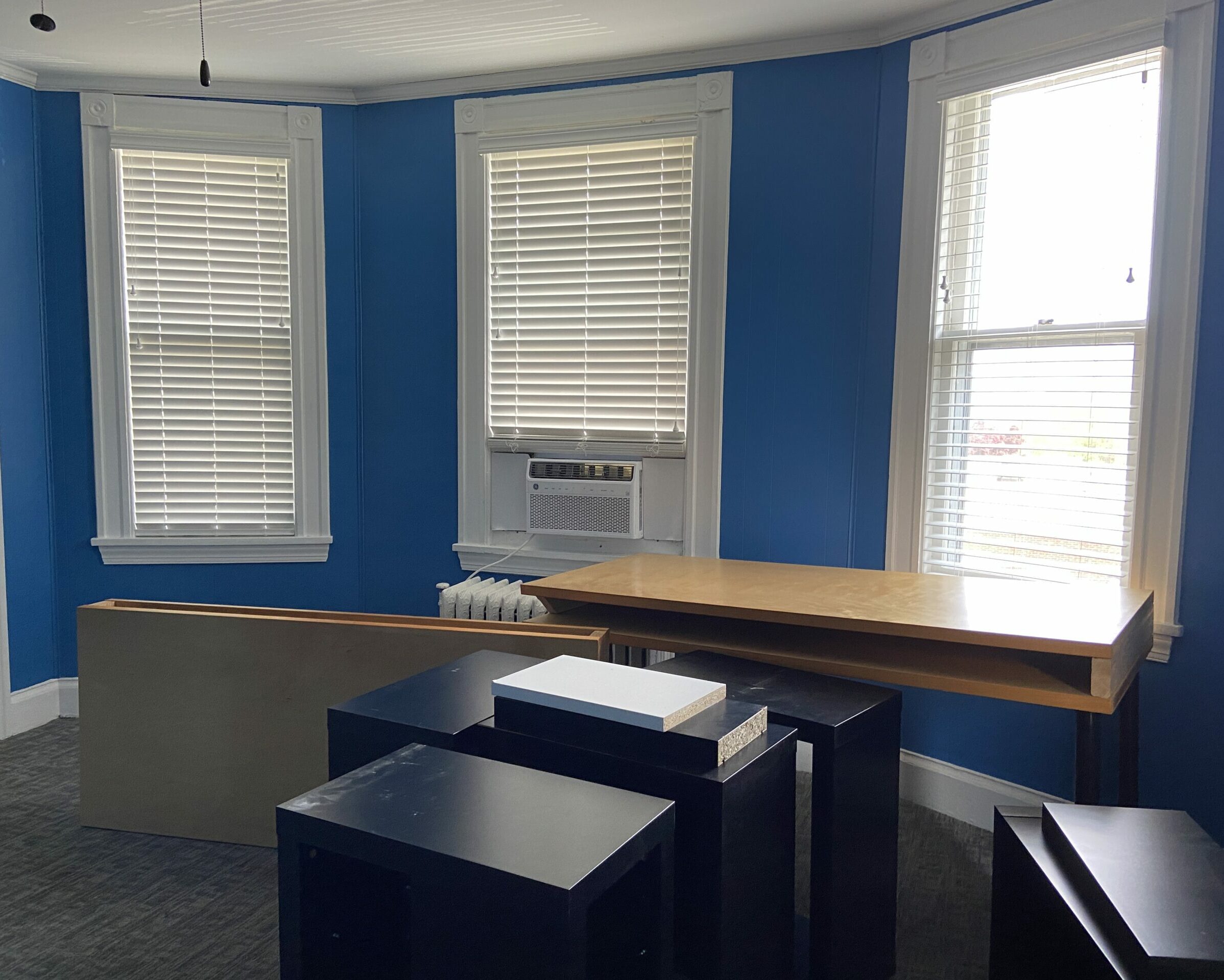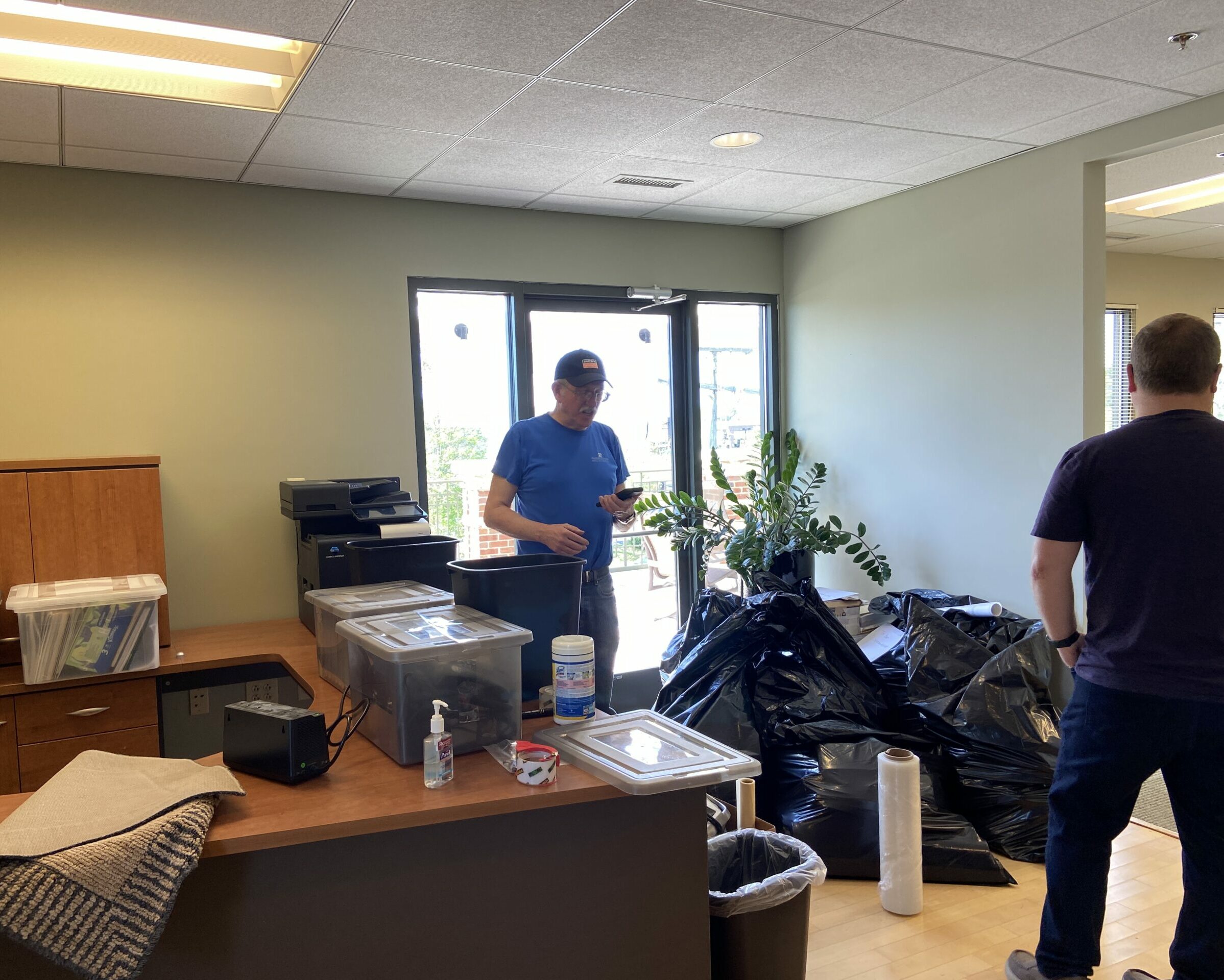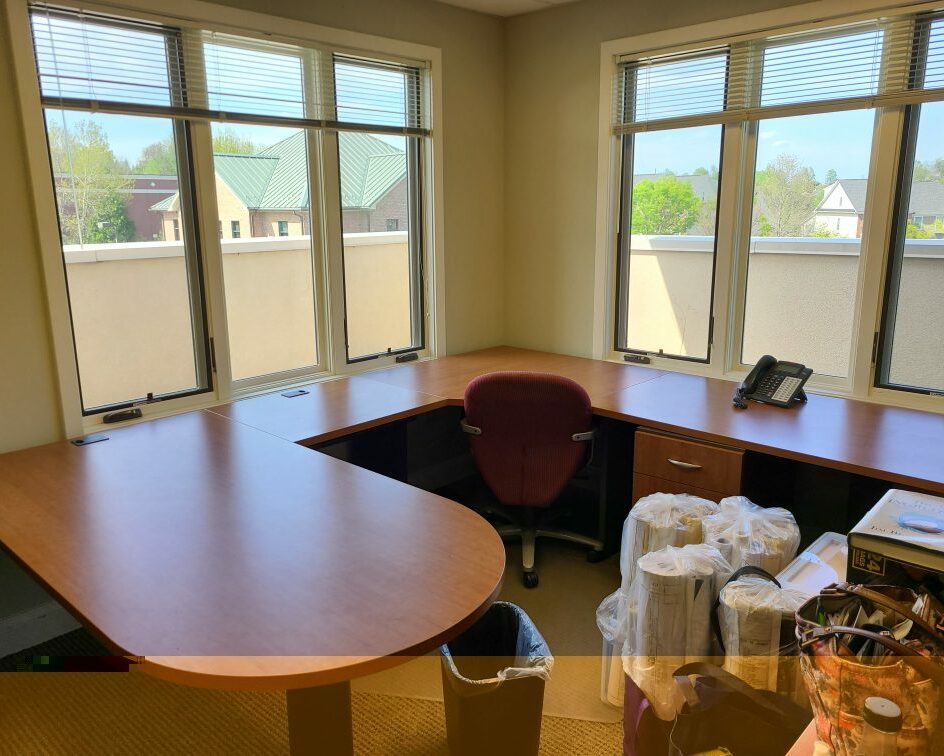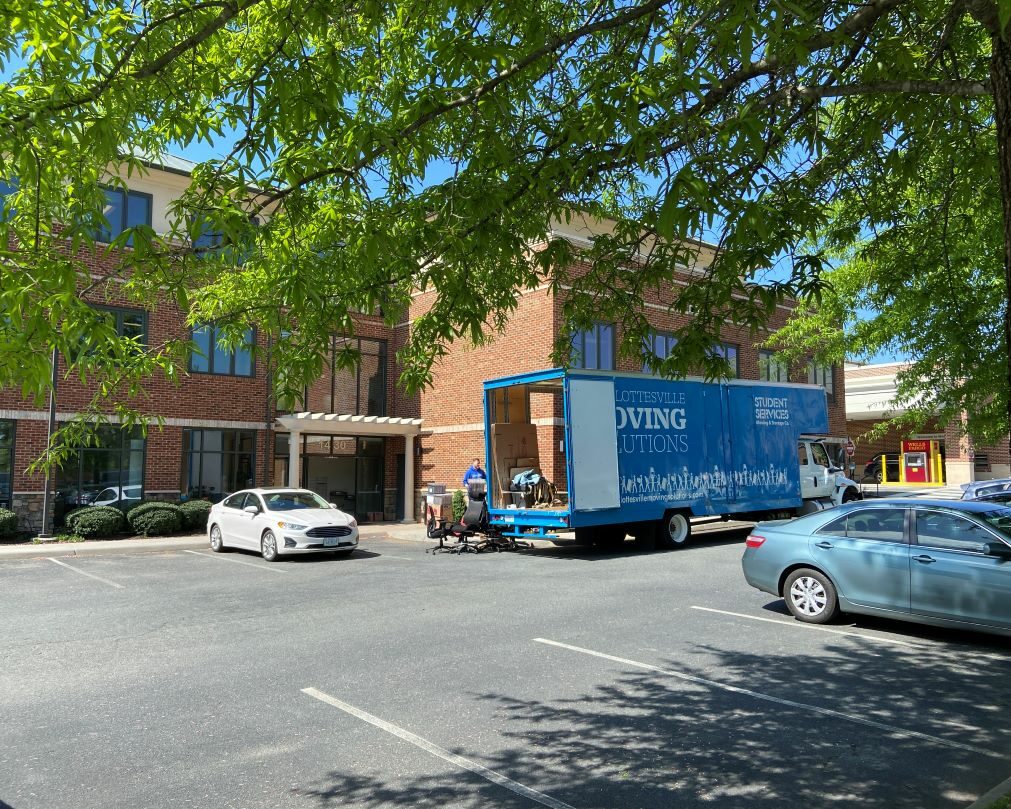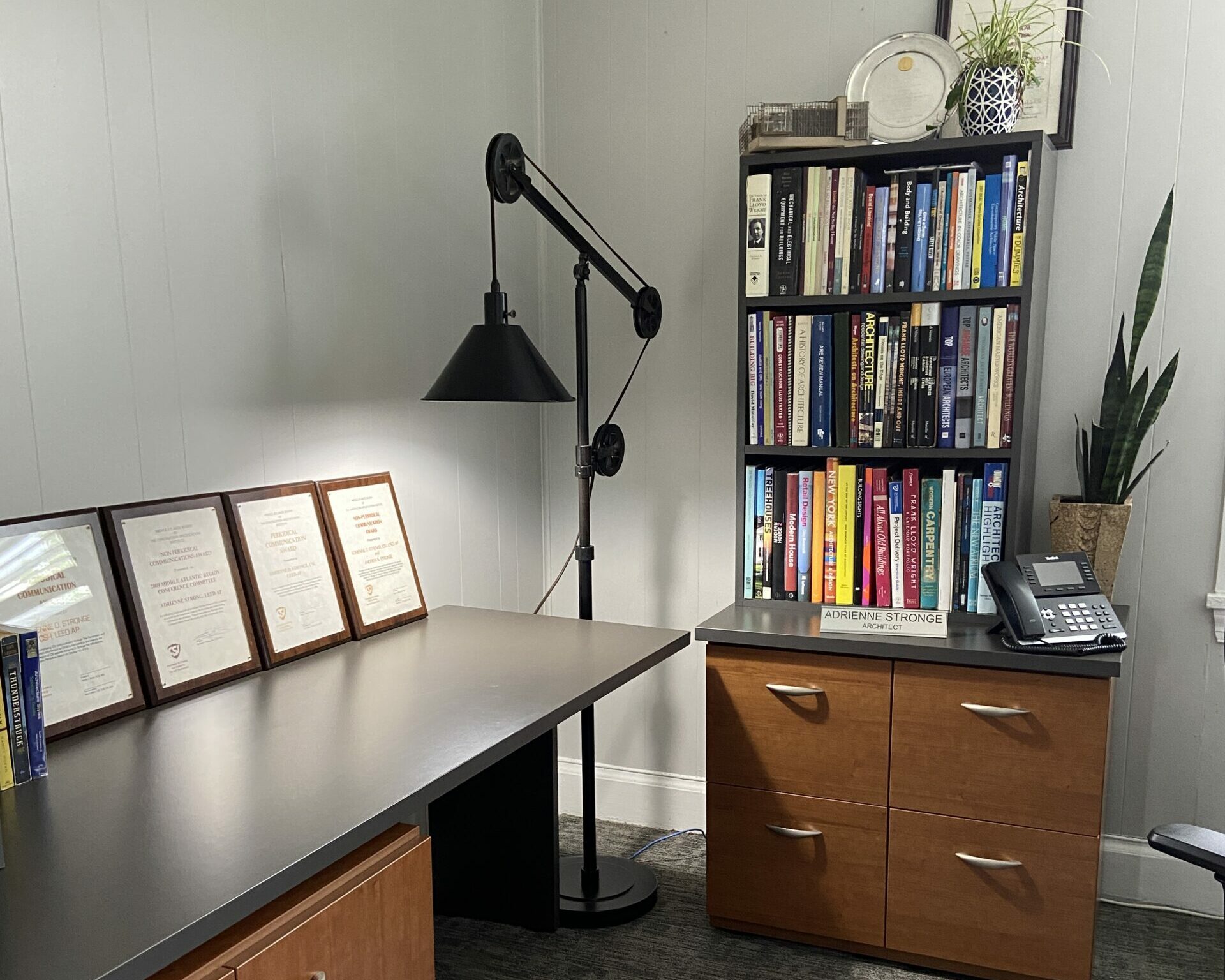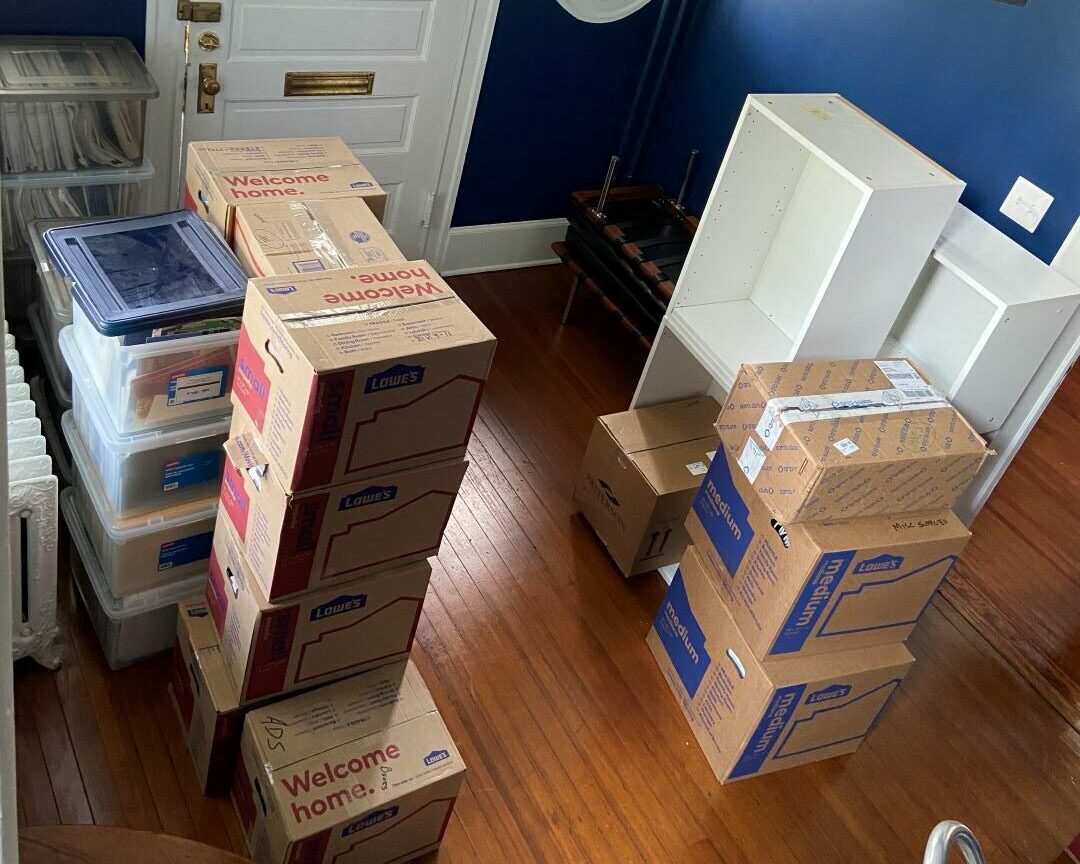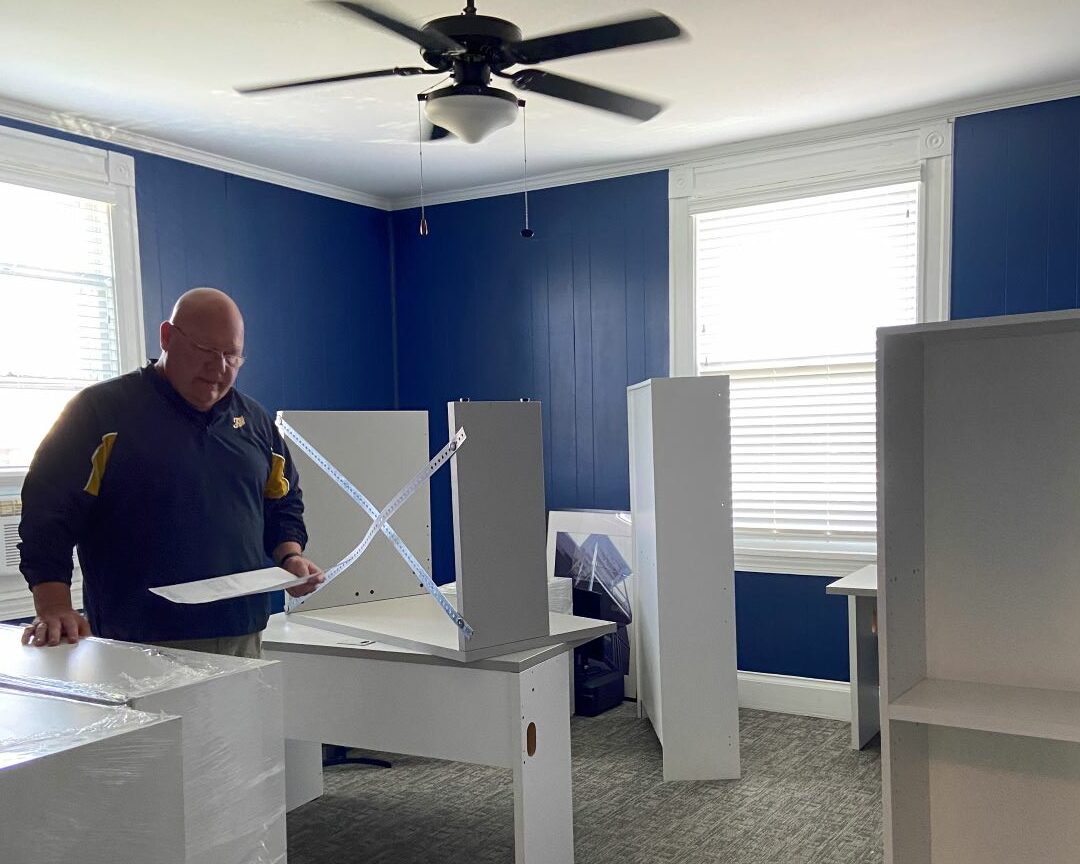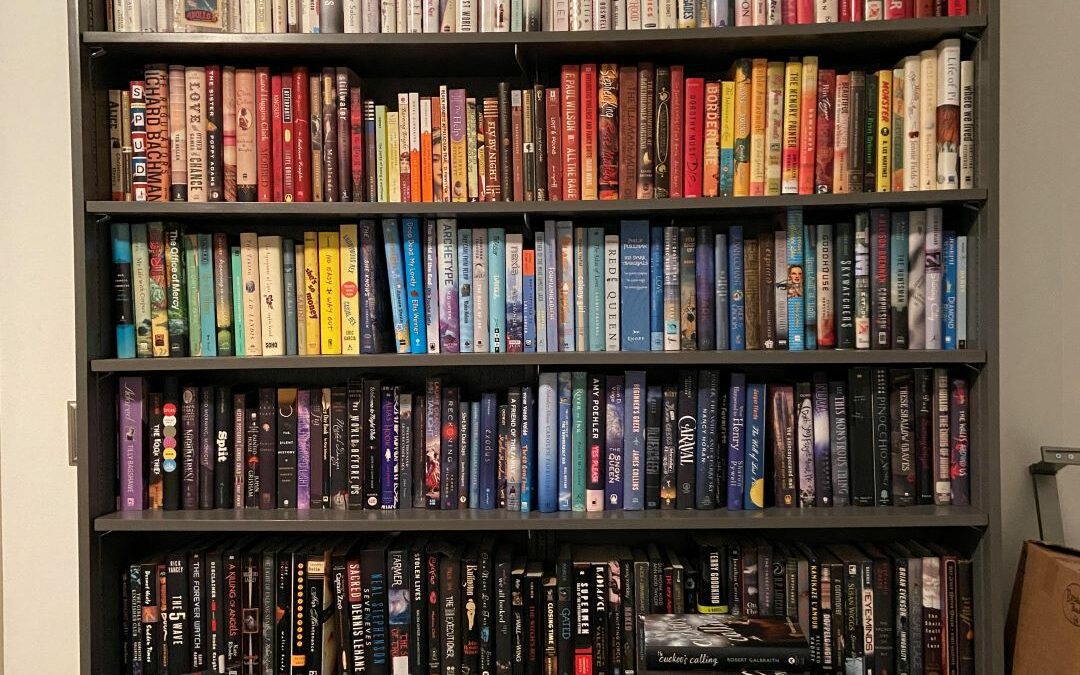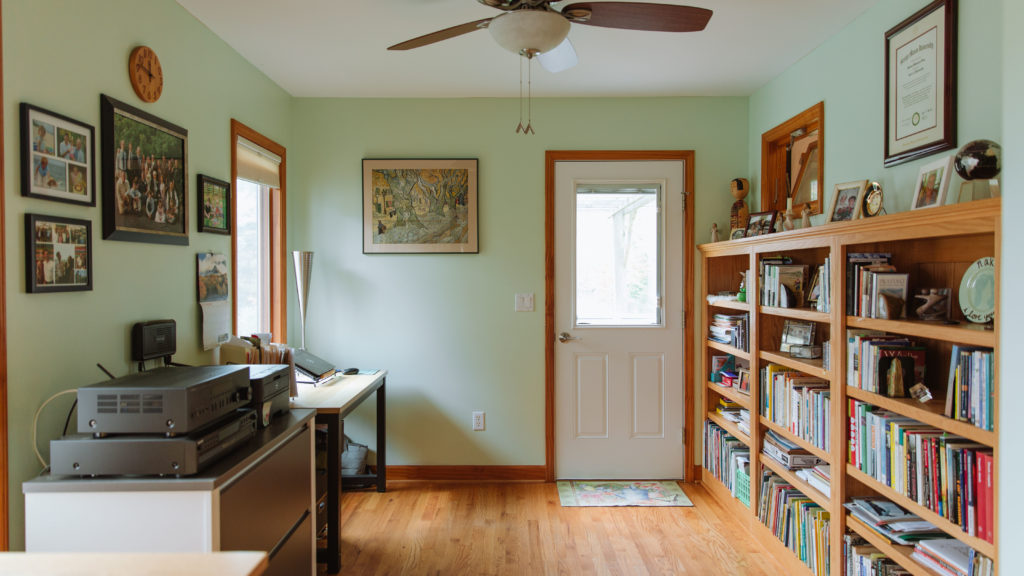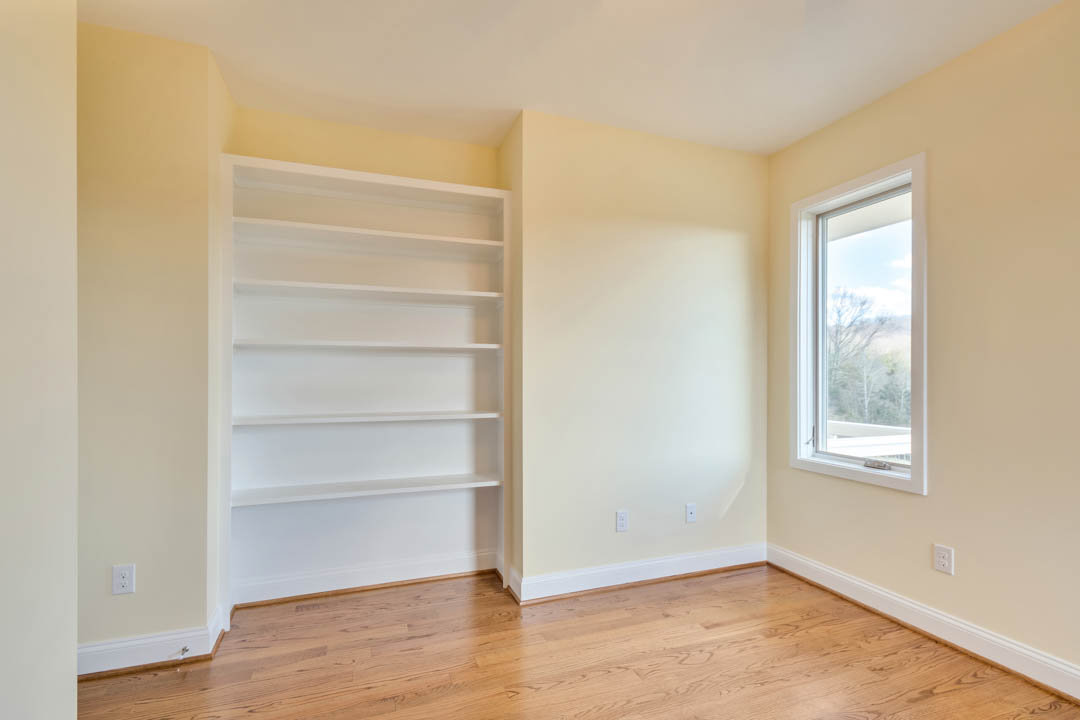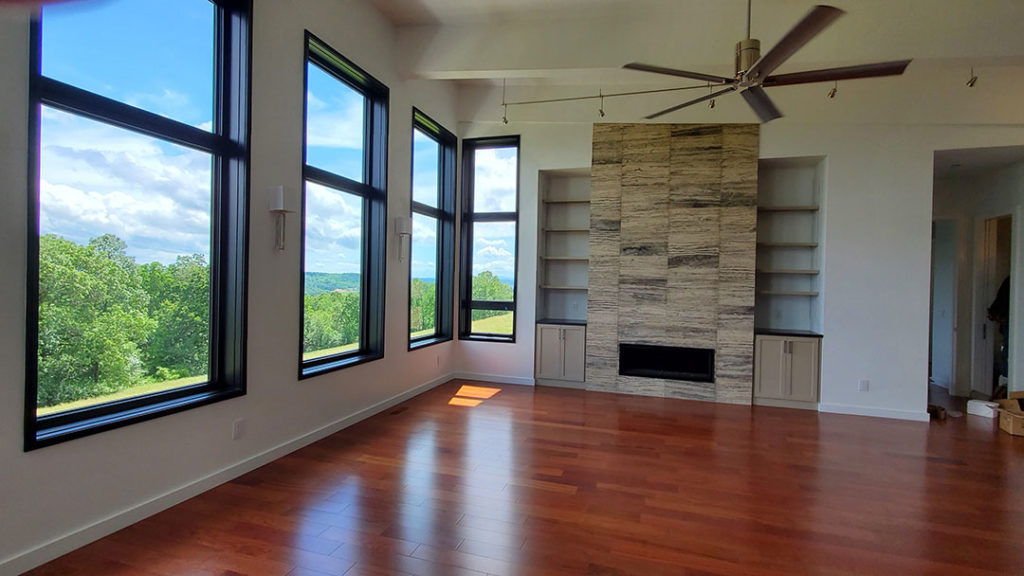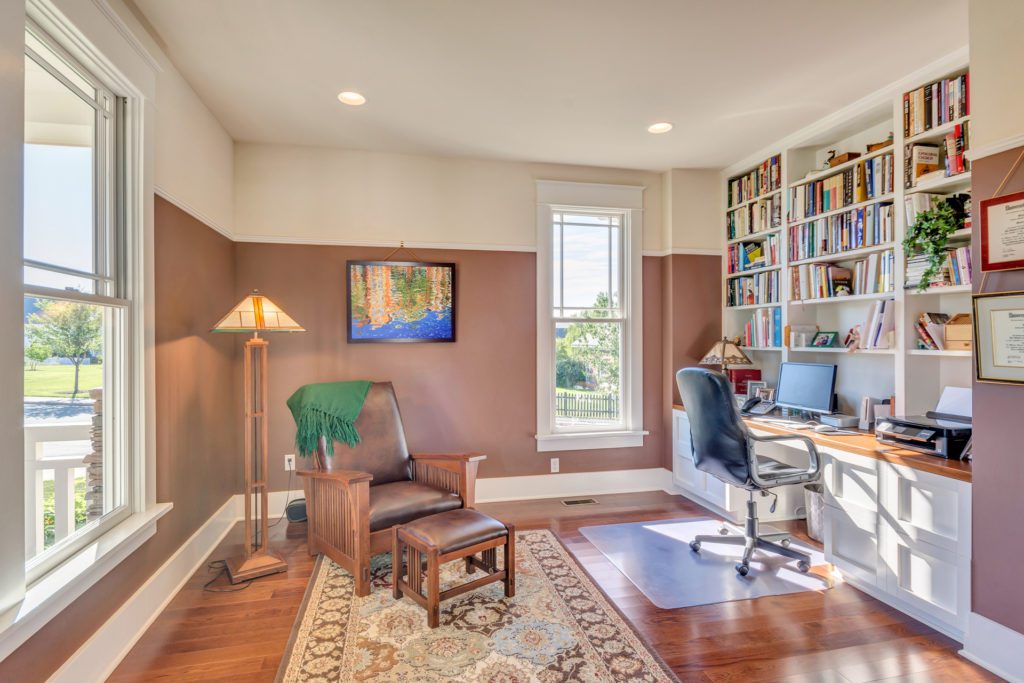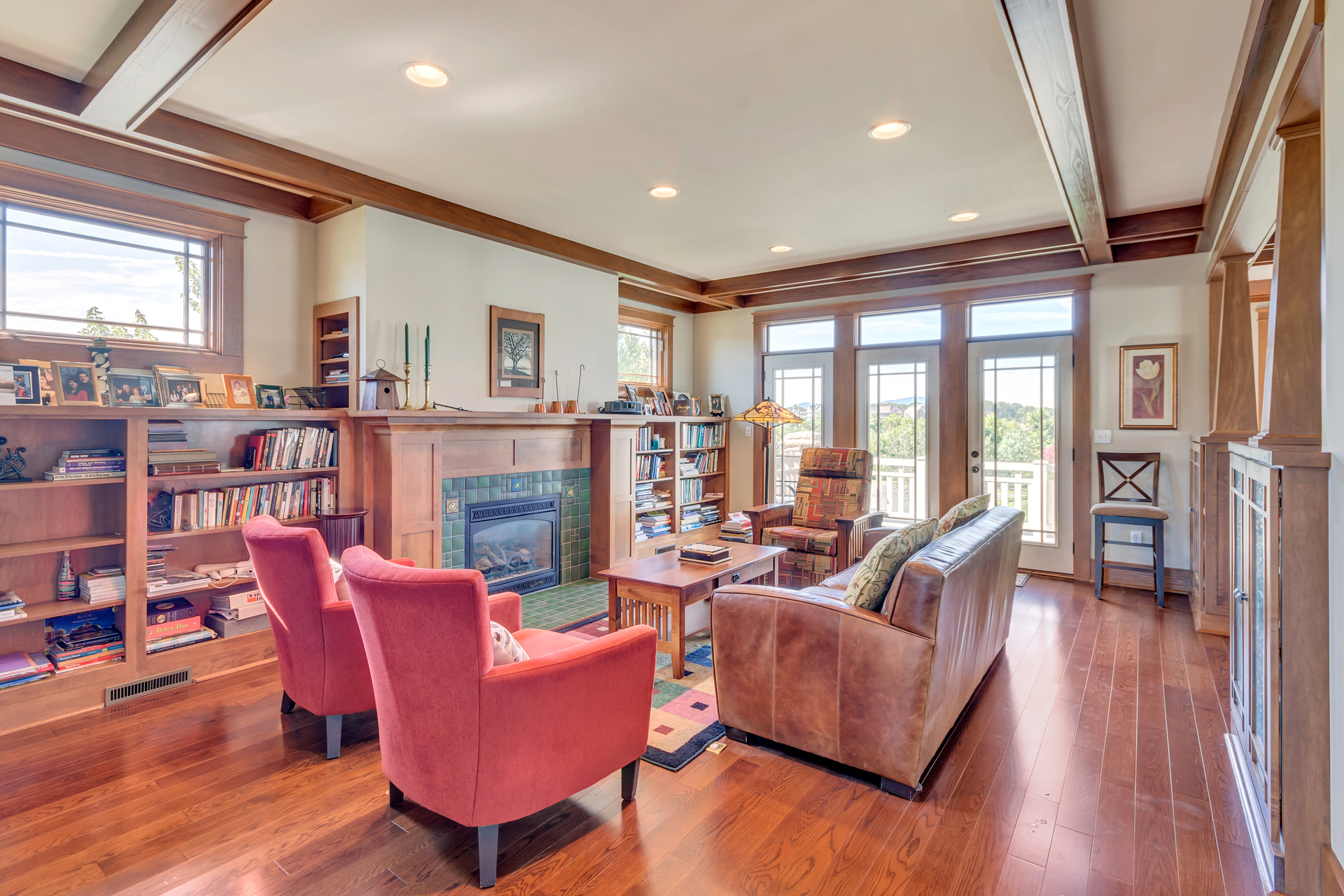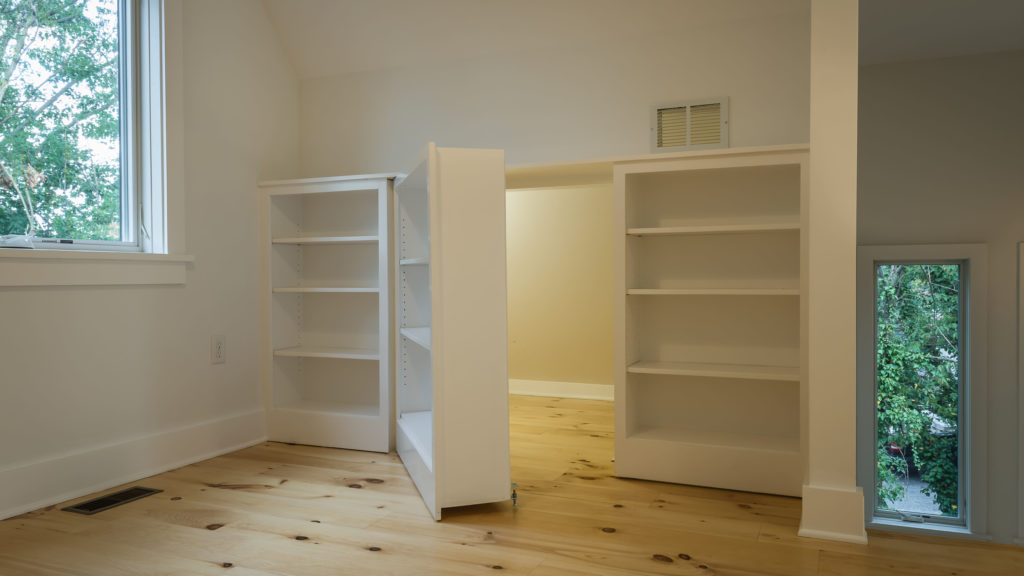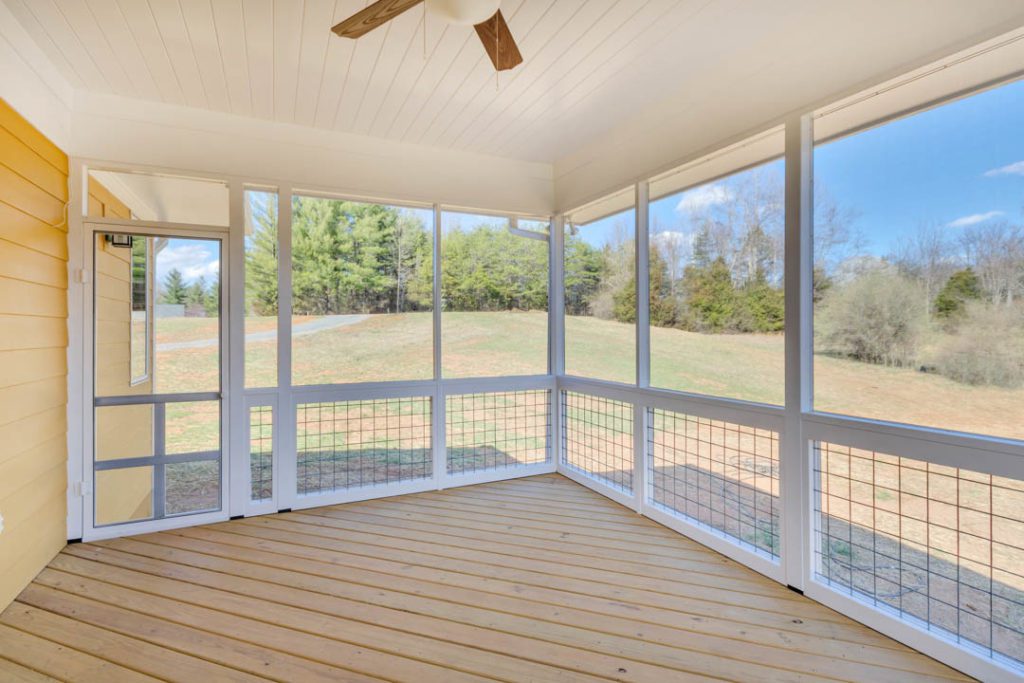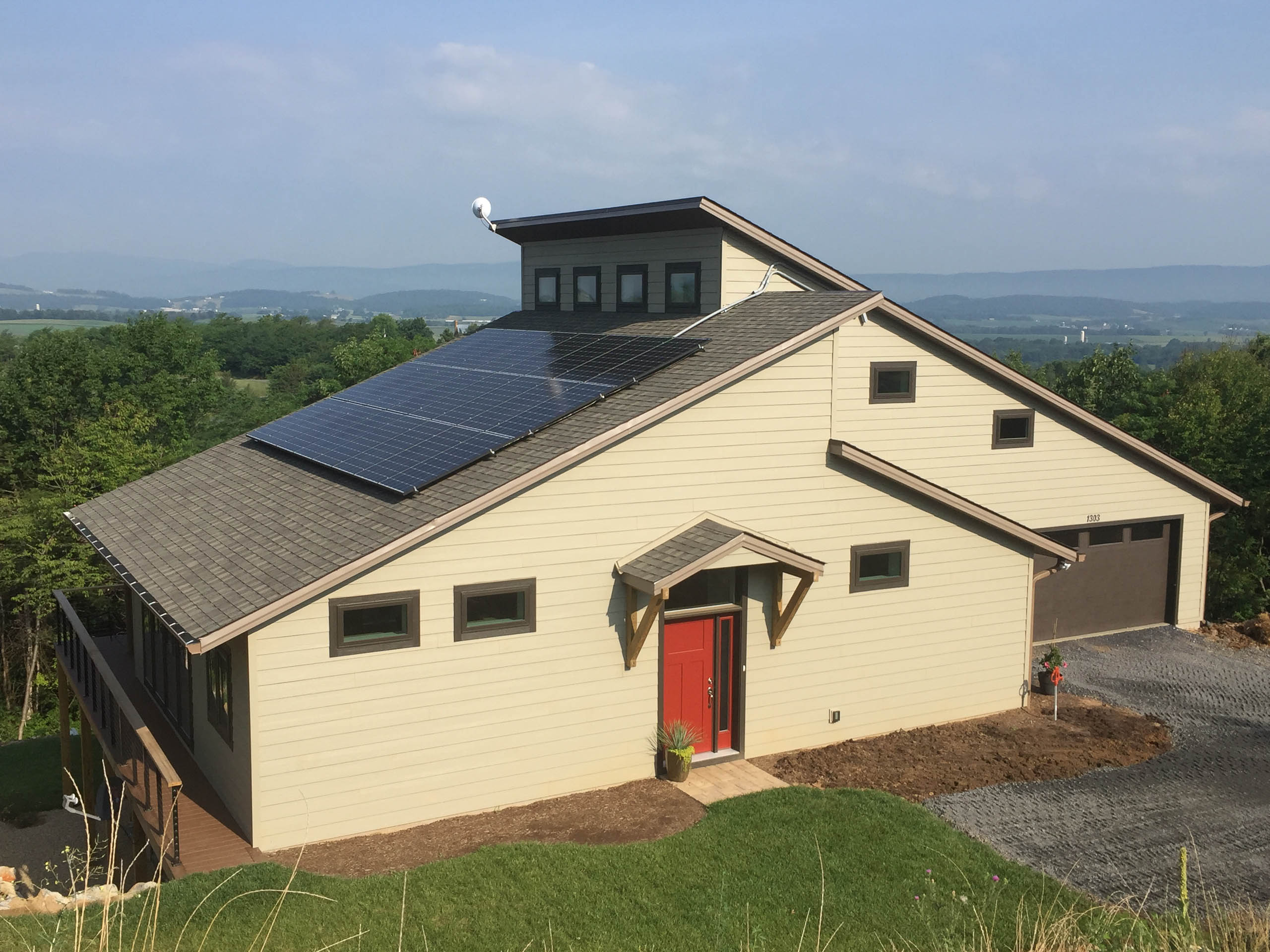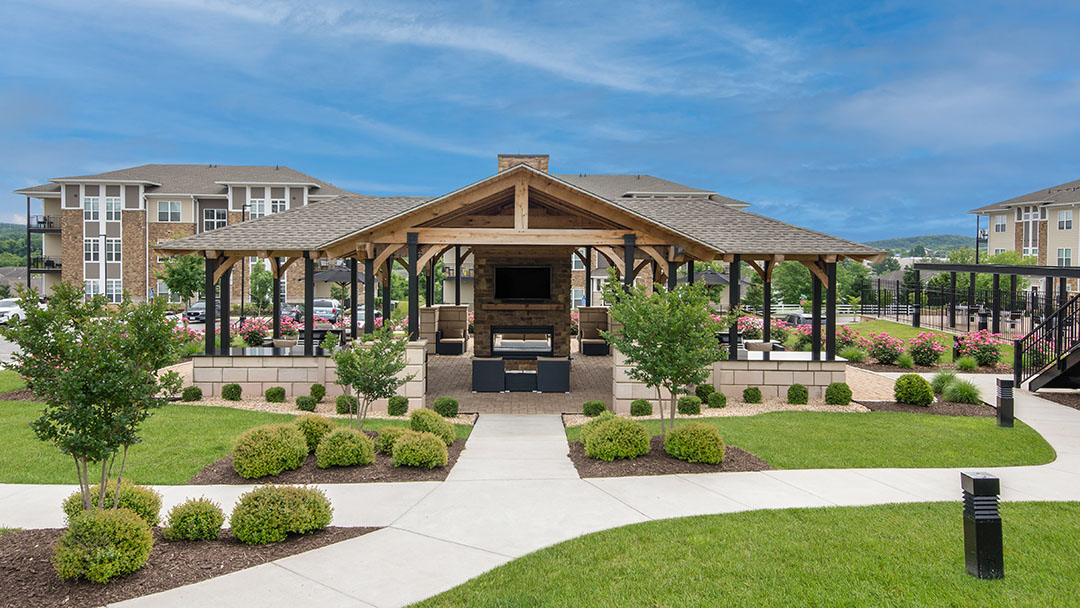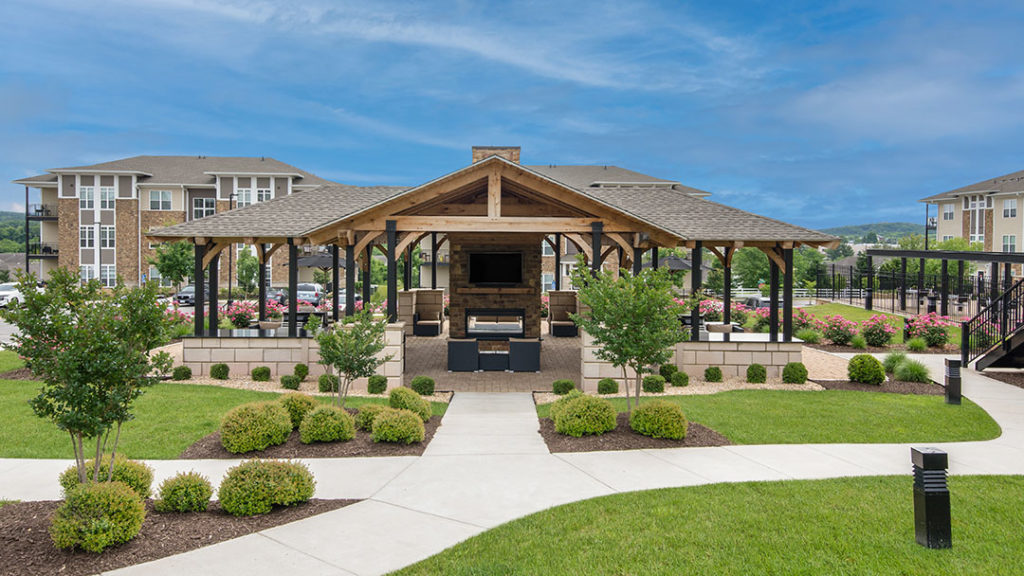
by cbhendricks | Sep 27, 2024 | Interior Design, Uncategorized
We’re no longer just dreaming about changing colors, leaves falling, and the air getting cooler – Fall is here. As we transition into this new season, the warm and festive colors make us reminiscent of memories spent with family, being together, and even a home-cooked meal. For such a beautiful time of year, everything seems to move at warp speed, making it all the more important to savor the short-lived moments of the season. However, if you’re looking for ways to keep that fall feeling going a little longer, try incorporating some of these simple ideas into your home or business to add a touch of seasonal fun to your environment.

1. Showcase your heirlooms, antiques, and collectible items.
The fall season is a great reminder to embrace family, friends, and togetherness. Display things that make you happy and remind you of those you love!
2. Bring nature indoors.
Incorporate natural elements such as wood, pinecones, or even seasonal fruit. Bringing in natural elements during any season can bring a sense of joy and bring warmth to the space.
3. Explore introducing bold colors as a temporary accent or more permanent statement.
Warm tones such as deep reds, browns, and rust colors are popular right now for good reason – and they’re not just for the Fall season. Pair these colors with gold or wood accents and don’t be afraid to try a new color in a space that could use a “wow factor”.
Blog written by Asha Beck

by Charles Hendricks | Jul 11, 2024 | Uncategorized
As we design new custom homes and renovate existing homes into dream homes, we have to think about indoor air quality issues. Studies have shown that we spend 90% of our time indoors. Scientists have reported that warming temperatures have a direct impact on seasonal allergies such as tree pollen. I know my seasonal allergies are impacting me daily! We have also seen a rise in airborne viruses. Add the pollen and viruses together with building code requirements for tighter and more energy efficiency and you get indoor air quality challenges in your home.

Filters
There are ways to design better systems that not only filter out pollen but clean the air in your home to a point where you will get sick less often. The first line of defense is a high-efficiency air filter for your heating and cooling system. This filter should have a MERV 13 or higher rating with pleats that catch allergens like pollen, dust mites, and pet dander. Then you need to remember to replace the filter on a regular basis. I use a 5” pleated filter in my system at home which should be changed every 6 months. Many filters require a 1 – 3 month change if they are not as robust as a 5” pleated option.

In addition to a quality filter, you may think about installing an air purification system on your return duct, such as a UV germicidal lamp. These systems will kill viruses that land on the coils of your HVAC system.

Humidity
Humidity control inside your home is also a key feature to keeping mold from growing. This is not only done with your air conditioning system but could also include a dehumidifier. Other impacts to indoor humidity are insulation in your thermal envelope of the home, the water management system on the exterior of the walls and roof, and the source of fresh air. Keeping humidity below 50% reduces the chances of mold growth.

HVAC System
A quality HVAC (Heating, Ventilation, and Air Conditioning) system will include ducts and vents that have 10% or less air leakage before they get to the room they are intended to heat and cool. This is not the normal standard air leakage I see in ductwork for many existing homes. You may also consider adding ventilation to your HVAC system if the house is tight enough to need it. This can also be done in the return duct using an ERV (Energy Recovery Ventilator).

Keeping your HVAC system running efficiently can also contribute to better indoor air quality. This regular maintenance will verify that all systems are functioning properly. The company doing this work will also look at preventative measures to keep your system functioning properly.
Materials
Thinking through the materials inside your home is another important indoor air quality design strategy. You will want to make sure that you don’t add anything that has toxic off-gassing once installed. There are many glues, paints, and stains that no longer have VOC’s. Using hypoallergenic furnishings and carpets is also recommended. Paying attention to your ductwork install is also important. Masking off ducts during construction keeps them clean prior to startup.

If you are like me – itchy eyes, running nose, and a seasonal cough – you will want to do everything you can to improve your indoor air quality. It will pay off in less sick days, more energy, and a clearer head.

by cbhendricks | Apr 18, 2024 | team, Uncategorized
By Architect, Adrienne Stronge.
Gaines Group Architects is very excited to be moving back to downtown Charlottesville! The firm has long roots in the downtown area. Ray started his career across the street from our new office while doing his professional externship with Sandy H. Lambert, III during his education at VA Tech. He then worked just off of the downtown mall during his time with Tom Wyant.
The first official Gaines Group office (then known as Raymond E. Gaines, Architect) was started off of West Main Street from 1989-1993. As the group expanded, they moved to East Market Street into a building that we designed – a place where current partners, Charles, Paul, and Adrienne started their careers with the firm. In 2011, the opportunity to move into a roof terrace space at Luxor office park (which the Gaines Group designed) was too good to pass up. The firm has been located on Pantops ever since.

Recently, we realized our space there didn’t match our current needs, so we decided to explore places closer to where we began. The opportunity arose to share some office space with a local civil engineering firm, Shimp Engineering, and his survey team, Foresight. We’ve worked closely with Justin’s team on many of our previous projects. This move puts us within walking distance of the downtown mall, and we’ve all been excited to explore the surrounding area as we move in.
The space we’re moving into is a house that was built in 1920, affectionately known by us as “The Blue House”. We are across from the old Martha Jefferson Hospital right at the corner of High and 9 ½ Street. We are still doing finishing touches, and some of us have more to unpack than others, but we would love to have visitors if anyone would like to stop by. We hope to more formally host guests in the future once we have finished our move.

by cbhendricks | Mar 21, 2024 | Fun, random thoughts, Uncategorized
By Principle Architect and Multi-Family Director, Adrienne Stronge.
I have always loved books. I have been on a lifetime of adventures from my couch / bed / chair, thanks to the amazing power of printed words. At a very young age I knew two things; I wanted to be an author and I wanted to live in a house with a library. As I got older, I realized that my talents were better suited to creating tangible buildings rather than fictional worlds, but I knew that my hobby would make me a better architect.
Reading allows me to practice designing in my mind, turning written words into beautiful buildings without pictures to guide me. It’s like exercising my design muscle, especially with fantastical worlds that exist outside of our reality. Books also help me practice empathy. Walking in someone else’s shoes and reading someone else’s perspective works towards building empathy for other experiences. As architects, we need to be able to listen and empathize with our clients to create personalized spaces that fully meet their wants and needs.

While I did not become a writer, I do have a “library” with bookshelves shoe-horned into every blank wall of my house. I love having a house full of books and places I can go to comfortably read them. If you are like me and need a place in your home for books, or even just spaces to cozy up with your e-reader, here are some tips below:
1. Make sure your architect knows the size of your collection. Built-in bookcases with adjustable shelves are better than individually bought shelves for safety reasons, but if you will have any heavy furniture pieces, consider adding blocking in the wall for anchoring these pieces. Ensure your bookcases are designed near a bearing wall if you have a large, weighty collection. Don’t forget to design places for any oversized books in your collection, which are best stored flat to avoid stressing the spines.

2. Reading next to a window is one of my favorite places to curl up with a book, but avoid direct light in rooms with books. Direct sunlight will fade spines and make books age faster. Work with your architect to conduct sun studies that will allow enough indirect light to comfortably read but block harmful direct light.

3. You will want to ensure there is no excessive moisture in the room that will house your books. A well-balanced HVAC system with a well-designed and constructed building enclosure is key for this.

4. While I love natural light in my reading space, the room needs ample artificial light for night or rainy day reading. If your reading space will be in the center of your room, consider adding a floor outlet for your reading lamp to avoid trip hazards from wires. Direct, individually switched sconce lights over beds will allow you to continue your reading well into the night when you just need to consume “one more chapter…”

5. I love the cozy image of reading next to a fire. An efficient heat pump should keep you comfortably warm in your home, but you could consider adding a visually appealing electric fireplace. These will give you the cozy effect of reading by a fire, without the introduction of flame and particulates to your library.

6. For a bit of whimsy, consider using a bookcase as a hidden doorway. Creating a secret room adds a fun, unexpected element to your library.

7. Don’t forget your outdoor spaces! Make a cozy nook outside for a great reading spot. My ideal outdoor spot is covered for all weather, includes a ceiling fan to discourage bugs, includes artificial lighting for reading late into the night, and has well-placed blocking in the ceiling so I can install a swing or comfortable hanging chair.

If you’re a fellow bibliophile, be sure to check out the VA Festival of the Book, taking place March 20-24, 2024 in Charlottesville. VAbook.org

by cbhendricks | Mar 17, 2024 | random thoughts, Uncategorized
What better day than Saint Patrick’s Day than to give you tips for to go green! As a bonus, if you forgot to wear green for Saint Patrick’s Day, maybe you can evade the pinching by trying these green tips! … Ok, that might not fly, but taking care of the environment and creation is a pretty worthwhile reason on it’s own to try one (or all) of these.

Carbon Neutral Home. Photo by Susan with Beck Builders.
7 Ideas to go green on this Saint Patrick’s Day.
- Cut your water usage. Not only does this conserve precious water resources but it saves you money as well.
- Try a free carbon footprint calculator to identify the ways your household may be producing carbon. Then reflect on how you might reduce your footprint in feasible ways for you.
- Choose LED bulbs for more energy efficiency. Not only will you not have to replace a bulb near as often but LED bulbs have some of the most versatile options today with numerous color temperatures, shapes, and sizes.
- Install Solar PV on your roof. This can be a large investment, so it’s not surprising that there are often a lot of questions surrounding investment in solar. Eric Beck, owner of Green Hill Solar, and Charles Hendricks answer some of the questions we’ve heard the most. If you’re interested in hearing more, check out the answers and discussion in our blog posts: Should you install solar pv on your roof? Part 1 and Part 2.
- Utilize Insulating Curtains for the spring days that suddenly get very hot or cold. They come in a variety of styles, colors, and textures. According to the U.S. Environmental Protection Agency, insulating curtains can cut heat loss in a room as much as 10% during cold days. They also help to keep intense sun-rays out on hot days.
- Another option for when the Virginia Spring swings from cold to summer-feeling heat outside is to open your windows. This is called Natural Ventilation and it can improve the quality of your indoor air by circulating fresh air, while reducing energy bills when designed right. However, if your allergies are bad in the spring, this tip may not be worth it, and that’s ok.
- Read more about what components are important to have a green HVAC system on our blog: Keep ducts in conditioned space, Properly size your HVAC system Green Term Defined: HVAC (Heating, Ventilation, Air Conditioning system),

by Charles Hendricks | Mar 4, 2024 | Empathy, Uncategorized

As architects, our purpose is to shape the built world we live together within and to create a more equitable and just world through design. I believe a key component of designing for a community is to understand that community. You have to be of the community to connect with the community. You have to be open to sharing experiences, knowing that you don’t know every experience, that you can’t see every solution to every problem in a silo of your own experiences, and that you need community, partners, and other viewpoints to design holistic solutions. This requires work to connect with people in a place, hear their stories, understand their point of view, see what has shaped them, and better understand their experiences to expand your ability to design for them.
There is a myth, sometimes widespread, that a person need only do inner work…that a [person] is entirely responsible for [their] own problems; and that to cure [themselves], [they] need only change [themselves]…. The fact is, a person is so formed by [their] surroundings, that [their] state of harmony depends entirely on [their] harmony with [their] surroundings. ~ Christopher Alexander
So why don’t we see empathy being used in design on a regular basis? The challenge to take on empathetic design is change. You have to open up and be vulnerable, hear others fully, and be willing to let go of what you thought was right solely based on your past experiences. I believe we are at a turning point in the world where disharmony sells and many are not focused on helping each other or building a better world. It is time for all of us to lead with empathy, to sell harmony in our communities, and to build a better future together. We need to step forward to make positive change. If we don’t do it, then who will?










